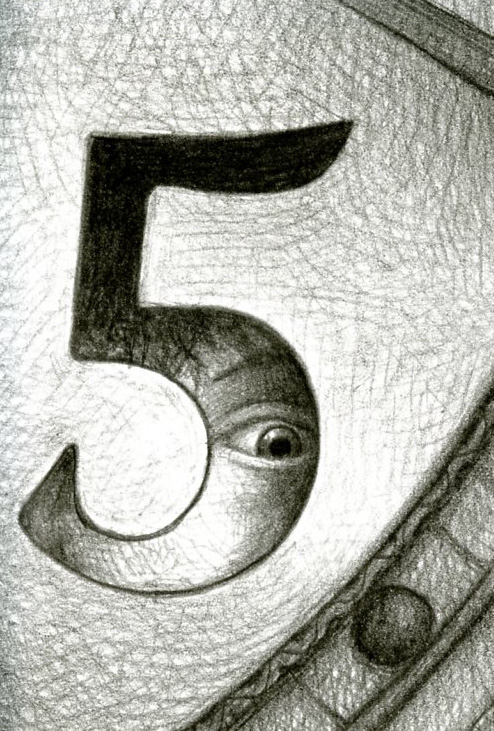
Summary
Anna has been forced to go to a Parisian boarding school for her senior of high school. Her father (who sounds VERY similar to Nicholas Sparks) wants her to receive an education and a cultural background. Anna must leave her best friend and a boy she has an almost relationship with and start all over again. In Paris, Anna begins to enjoy school, make friends, and finds it is a city filled with classic films. This happens to be very lucky as Anna wants to be a film editor when she graduates. While at school, Anna also finds Étienne St. Clair- a gorgeous, British senior with a very serious girlfriend. There seem to be sparks between Anna and St. Clair, but what can she do when he is taken?
Suggested Activities
This novel could be fun to use in a Study Abroad section of the library, which could have books around focusing on students traveling around the world. This could encourage students to do a foreign exchange program in high school or even college.
Since the book is so lovey-dovey it could also be fun to use it for Valentine's Day programming. The librarian could have students recommend their favorite romantic novels and post them around the library to get everyone in the spirit!
Reviews
This is the first novel from American author Stephanie Perkins. It is written in the first person from the point of view of Anna, 17 year old high school student from Atlanta. Her father has a new lucrative career as a romance author, and has decided that Anna should spend her final year of high school at the School of America in Paris. Anna is very much opposed to the idea, but she soon makes friends.
She very quickly develops a major crush on one of her new friends, Etienne St Clair. It is obvious to the reader that Etienne feels the same way as Anna, but it is not obvious to her. The novel follows the developing relationship between Anna and Etienne, and Anna's growing confidence as she learns to navigate a new city, culture and language.
This is an easy, pleasant read, if a touch predictable. Adolescent girls should be able to relate to Anna, who is an authentic character with an authentic voice. There are also some interesting facts about France, Paris, literature and history scattered in the text, which gives it some extra depth. There are some brief references to sex and alcohol. On the whole it should be a well used addition to an upper secondary school library.
Kemble, R. (2011). Anna and the french kiss. Reading Time,55(2), 36. doi: GALE|A258438950
My Thoughts
Stephanie Perkins: you are no Sarah Dessen. Ok, I may be a little biased, I started reading Sarah Dessen books when I was 14 and honestly I just haven't stopped since then. I basically think Dessen hung the moon when it comes to high school romance novels and I found this one, Anna and the French Kiss, fell short of all my Dessen-like expectations.
There were some qualities I liked. St. Clair seemed dreamy, yet realistic, he was short! I loved that he came off as popular, sweet, funny, charming- but was still short and had a weird home life. That seemed more real then these perfect high school boys most authors create. Anna also had some interests that kept her interesting- she loved classic films, her little brother and was very involved in school. Another plus in my mind, a main character who accepts school and family life and isn't trying to rebel- I think is needed for many readers, someone they can relate to. I also loved the setting of this novel-Paris, what's not to love? It was charming to read about an American high schooler struggling with French and enjoying the good food.
Now onto the things I didn't love... Anna seemed a little bit like a one trick pony throughout the novel. She loved classic films and she wasn't passionate about much else, except St. Clair. I dislike the depiction of a girl who loves only one thing, and obsesses on that and the boy she likes. Maybe I'm remembering wrong, but in high school my friends were multi-dimensional, my best friend loved ice skating, horses, she had a job at a pizza shop and struggled with low self esteem. And yes, she also obsessed over her crush but she had more character than Anna did while she obsessed. I just hate that readers get this idea that they should be so intensely focused on one thing and not be a well rounded individual.
In general, I also felt this book gave an unrealistic idea of relationships and how they should start to high school girls. I hated that St. Clair was in a relationship, made out with Anna publicly and then left his girlfriend to be with Anna in the end. I just don't agree with what that teaches girls- especially at the age they are reading it, high school age or even younger than that. I think what we should be teaching these girls is that most guys, who have serious girlfriends, and make out with you- won't expect much more from you. They may not make you their girlfriend and instead you are left alone, while he goes back to his girlfriend. Then you have to deal with feelings of rejection and guilt on your own. I would love to see a book that shows high school girls how healthy relationships should start and how they should continue. Unfortunately, I don't think that would be the page turner that Anna and the French Kiss is.
Bibliography
Perkins, S. (2011). Anna and the French kiss. Speak.





 Twin dogs!
Twin dogs!

